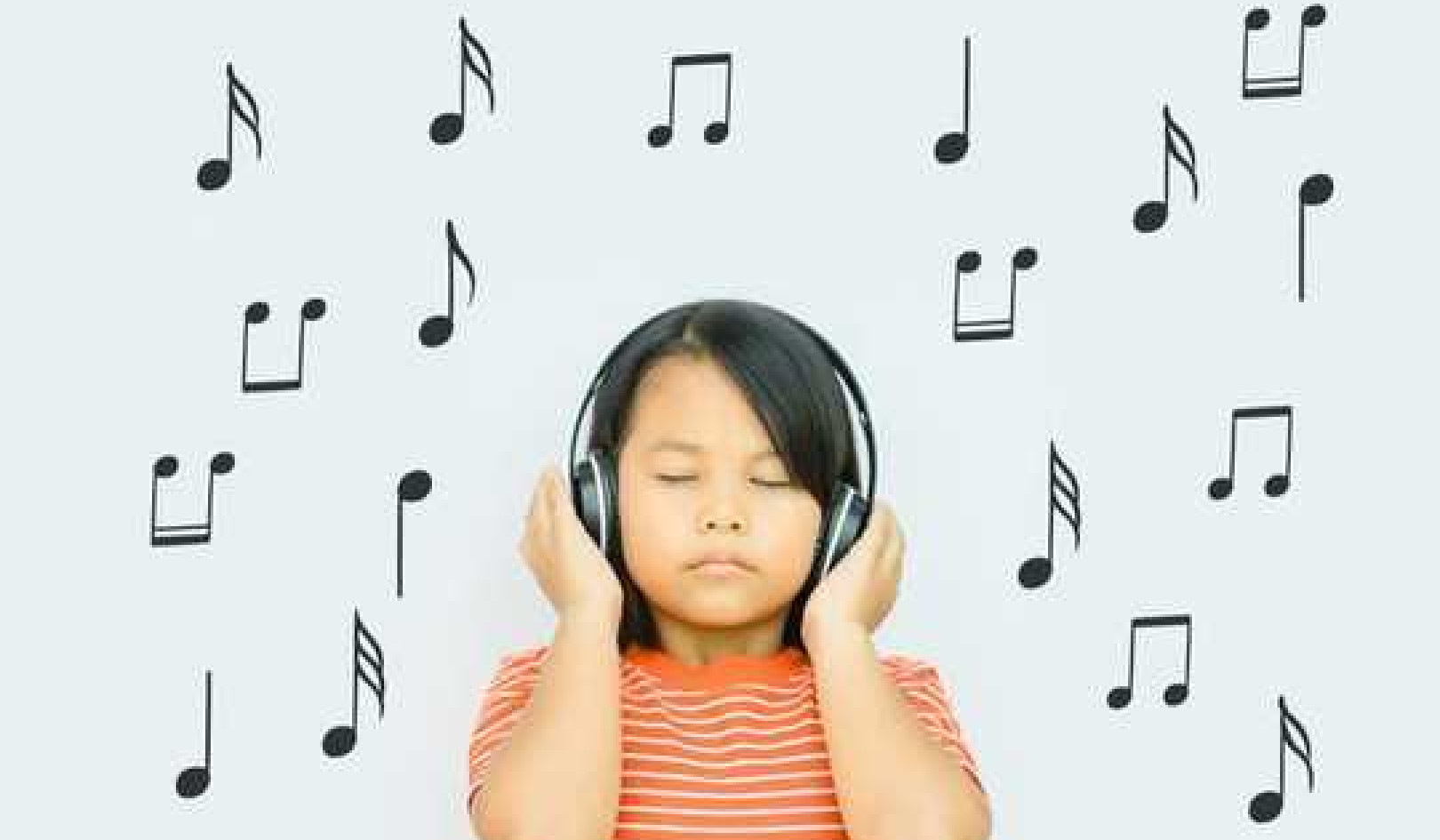 A crowd listens at a celebration of life for 14-year-old Carson Crimeni, in Langley, B.C. Disturbing video shared via social media before Crimeni’s overdose death last summer showed the teen struggling while people are heard laughing. THE CANADIAN PRESS/Darryl Dyck
A crowd listens at a celebration of life for 14-year-old Carson Crimeni, in Langley, B.C. Disturbing video shared via social media before Crimeni’s overdose death last summer showed the teen struggling while people are heard laughing. THE CANADIAN PRESS/Darryl Dyck
Disturbing events related to cyberbullying in recent months and years have raised great concern among parents, youths and educators regarding the everyday lives of children in online spaces — as well as how they develop their capacities to judge right and wrong.
Cyberbullying is what happens when bullying plays out online. It’s based on imbalanced power relationships between the perpetrator and the victim, with intent to intimidate, coerce or harm.
According to PREVNet, a network offering research and resources for bullying prevention based at Queen’s and York universities, one in three children admits they have experienced cyberbullying.
Often the first intuitive responses of parents or educators to cyberbullying and online hate is to search for guidelines aimed at restricting the use of particular online platforms, or to reinforce penalties for bad behaviour.
But restricting media use alone or stressing penalties doesn’t speak to deeper critical issues, like children’s judgment when relating to others, their own empathy for peers and their sense of agency to influence outcomes. Helping children to develop their socio-emotional skills can be helpful in preparing them to handle vulnerable situations.
Virtual playgrounds
As researchers in child and youth development and social media use, we believe it is critical to consider some underlying elements that can help build resilience and encourage young people to respond more effectively to online hate and cyberbullying.
 Online technologies have permeated the lives of children in affluent societies whose play worlds have been increasingly technologized. (Shutterstock)
Online technologies have permeated the lives of children in affluent societies whose play worlds have been increasingly technologized. (Shutterstock)
Our research at Concordia University, Project SOMEONE, examines children’s everyday engagement with social media and seeks to understand how education might address online hate.
The ubiquitous presence of online technologies has permeated the lives of children in affluent societies whose play worlds have been increasingly influenced by technology. Virtual worlds have been deemed “the new playgrounds for children of the 21st century.” Adults must therefore consider what happens when children’s identity development through play is now being worked out online.
Identity development
Sociological researchers over the past century have highlighted how the self changes over time. An important contribution was made by sociologist George Herbert Mead, who argued that children develop their identities when they start interacting with other people and realizing there are different roles in different contexts.
 Mind, Self & Society by George Herbert Mead. (University of Chicago Press)
Mind, Self & Society by George Herbert Mead. (University of Chicago Press)
The self is not independent from social and cultural contexts, but develops through an ongoing process of reacting to a social stimulus, and the adjustment and readjustment of one’s behaviour. In early years, when children engage in pretend play, their associations are concretely related to the people and situations they know. But at older ages, children’s play and enactment are no longer limited to those they personally know.
Through play and games children learn conventions and rules (such as in a baseball game). Developing an understanding of rules and conventions is part of socialization. These rules and conventions are not divorced from children’s learned behaviour about who is worthy of respect and why.
Understanding how children develop their self-consciousness and internalize certain social norms, roles and attitudes is essential. Children’s identities emerge through their complex interrelations with particular individuals and society.
How children learn and build up certain assumptions about others is critical to how they develop their notions of what’s true or how they fashion their knowledge of the world. In the world of play, this “other” may gradually gradually become a target of bullying and hate.
We argue that as children develop, they begin to see the world as divided into categories such as strong or weak. Notions of “us versus them” or “acceptance versus hate” can grow unchecked, especially during adolescence years. Youth explore their personal identity relative to their community and vis-à-vis social groups that they perceive as different from their own.
Advancing resilience
A holistic approach to cyberbullying strives to create experiences and contexts for youth where they can develop reflectiveness, agency and relatedness as aspects of resilience, and where they can improve their interpersonal skills. These attributes and skills are key in developing the ability to resist bullying or the ability to intervene when needed, and can greatly mitigate the impact of cyberbullying.
 People’s ability to resist, as well as to intervene when needed, can greatly mitigate the effect of harassment. (Warren Wong/Unsplash), CC BY
People’s ability to resist, as well as to intervene when needed, can greatly mitigate the effect of harassment. (Warren Wong/Unsplash), CC BY
In order to build resilience in individual students, and in school communities, an ongoing effort is needed to include dialogue with the bullied students as well as with the perpetrators.
But such efforts should not be confined to responding to specific cases. Rather, schools or parents can emphasize holistic approaches that consider children’s socio-emotional lives. Helping students to critically reflect on their assumptions and feelings about aspects of identity — like race, gender and social class, or their own positions in society and their own behaviour — is essential for building their resilience.
Students can also learn to support each other, to role-play vulnerable social situations and explore and deconstruct their social and cultural narratives: how they see themselves and others.
There is no panacea for hate and violence. But when parents and educators pay attention to children’s development of resilience and empathy, children and youth will be better prepared to understand and counter hateful messages in online spaces.
About the Authors
Dan Mamlok, Horizon Postdoctoral Fellow, Department of Education, Concordia University and Sandra Chang-Kredl, Associate Professor in Education, Concordia University
This article is republished from The Conversation under a Creative Commons license. Read the original article.

Related Books:
Here are 5 non-fiction books on parenting that are currently Best Sellers on Amazon.com:The Whole-Brain Child: 12 Revolutionary Strategies to Nurture Your Child's Developing Mind
by Daniel J. Siegel and Tina Payne Bryson
This book provides practical strategies for parents to help their children develop emotional intelligence, self-regulation, and resilience using insights from neuroscience.
Click for more info or to order
No-Drama Discipline: The Whole-Brain Way to Calm the Chaos and Nurture Your Child's Developing Mind
by Daniel J. Siegel and Tina Payne Bryson
The authors of The Whole-Brain Child offer guidance for parents to discipline their children in a way that promotes emotional regulation, problem-solving, and empathy.
Click for more info or to order
How to Talk So Kids Will Listen & Listen So Kids Will Talk
by Adele Faber and Elaine Mazlish
This classic book provides practical communication techniques for parents to connect with their children and foster cooperation and respect.
Click for more info or to order
The Montessori Toddler: A Parent's Guide to Raising a Curious and Responsible Human Being
by Simone Davies
This guide offers insights and strategies for parents to implement Montessori principles at home and foster their toddler's natural curiosity, independence, and love of learning.
Click for more info or to order
Peaceful Parent, Happy Kids: How to Stop Yelling and Start Connecting
by Dr. Laura Markham
This book offers practical guidance for parents to shift their mindset and communication style to foster connection, empathy, and cooperation with their children.
























